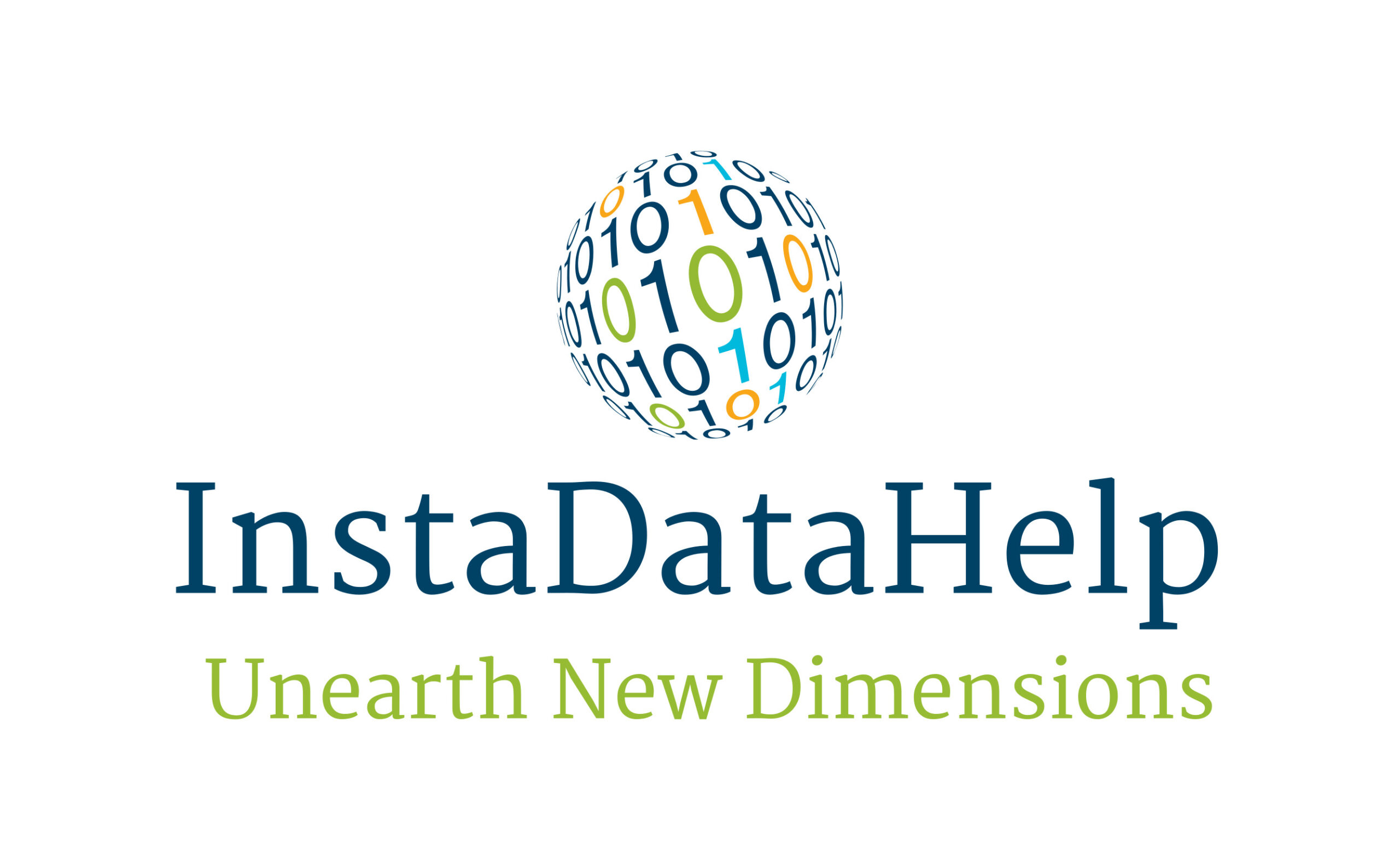Comparing the Best Deep Learning Frameworks: TensorFlow vs. PyTorch
Introduction:
Deep learning has revolutionized the field of artificial intelligence, enabling machines to learn and make decisions like humans. Deep learning frameworks provide the necessary tools and libraries to build and train deep neural networks efficiently. Among the many deep learning frameworks available, TensorFlow and PyTorch have emerged as the most popular choices. In this article, we will compare these two frameworks and explore their strengths and weaknesses.
1. TensorFlow:
TensorFlow, developed by Google, is an open-source deep learning framework that has gained immense popularity since its release in 2015. It provides a comprehensive ecosystem for building and deploying machine learning models. Here are some key features of TensorFlow:
a. Scalability: TensorFlow is designed to scale from a single device to distributed computing across multiple machines. It allows seamless transition from prototyping on a laptop to training models on powerful GPUs or TPUs.
b. High-level APIs: TensorFlow provides high-level APIs like Keras, which simplifies the process of building and training neural networks. Keras offers a user-friendly interface and supports a wide range of network architectures.
c. Production-ready: TensorFlow offers tools for model deployment and productionization. TensorFlow Serving allows serving trained models in a production environment, while TensorFlow Lite enables running models on mobile and embedded devices.
d. Community support: TensorFlow has a large and active community, which means there are abundant resources, tutorials, and pre-trained models available. This makes it easier for beginners to get started and learn from others’ experiences.
2. PyTorch:
PyTorch, developed by Facebook’s AI Research lab, is another popular deep learning framework known for its dynamic computational graph. It has gained popularity for its simplicity and flexibility. Let’s explore some key features of PyTorch:
a. Dynamic graph: Unlike TensorFlow, PyTorch uses a dynamic computational graph, which allows for more flexibility during model development. This makes it easier to debug and experiment with different network architectures.
b. Pythonic interface: PyTorch provides a Pythonic interface that is intuitive and easy to use. It allows developers to leverage their Python programming skills and provides a seamless integration with other Python libraries.
c. Research-oriented: PyTorch is widely used in the research community due to its ease of use and flexibility. Researchers appreciate the ability to experiment with new ideas quickly and easily modify models on the fly.
d. TorchScript: PyTorch introduced TorchScript, a just-in-time (JIT) compiler, which allows models to be exported and executed in a production environment without the need for a Python interpreter. This makes PyTorch suitable for deployment scenarios.
3. Comparison:
a. Ease of use: Both TensorFlow and PyTorch have user-friendly interfaces, but PyTorch’s dynamic graph makes it easier for beginners to understand and debug their models. TensorFlow, on the other hand, has a steeper learning curve due to its static graph.
b. Performance: TensorFlow is known for its performance and scalability, especially when training large models on distributed systems. However, PyTorch’s dynamic graph allows for more efficient memory usage and faster prototyping.
c. Community and ecosystem: TensorFlow has a larger community and a more mature ecosystem compared to PyTorch. This means there are more resources, tutorials, and pre-trained models available for TensorFlow. However, PyTorch’s community is growing rapidly, and it has gained significant traction in the research community.
d. Deployment: TensorFlow provides better tools for model deployment and productionization, such as TensorFlow Serving and TensorFlow Lite. PyTorch’s TorchScript allows for model export and deployment, but it is not as mature as TensorFlow’s deployment ecosystem.
4. Conclusion:
Both TensorFlow and PyTorch are powerful deep learning frameworks with their own strengths and weaknesses. TensorFlow excels in scalability, performance, and production readiness, making it suitable for industrial applications. PyTorch, on the other hand, offers a more intuitive and flexible interface, making it a preferred choice for researchers and developers who value experimentation and rapid prototyping.
Ultimately, the choice between TensorFlow and PyTorch depends on the specific requirements of your project. It is recommended to try both frameworks and evaluate which one aligns better with your needs. Regardless of the framework chosen, deep learning practitioners can benefit from the advancements and innovations brought by these two leading frameworks.


Recent Comments